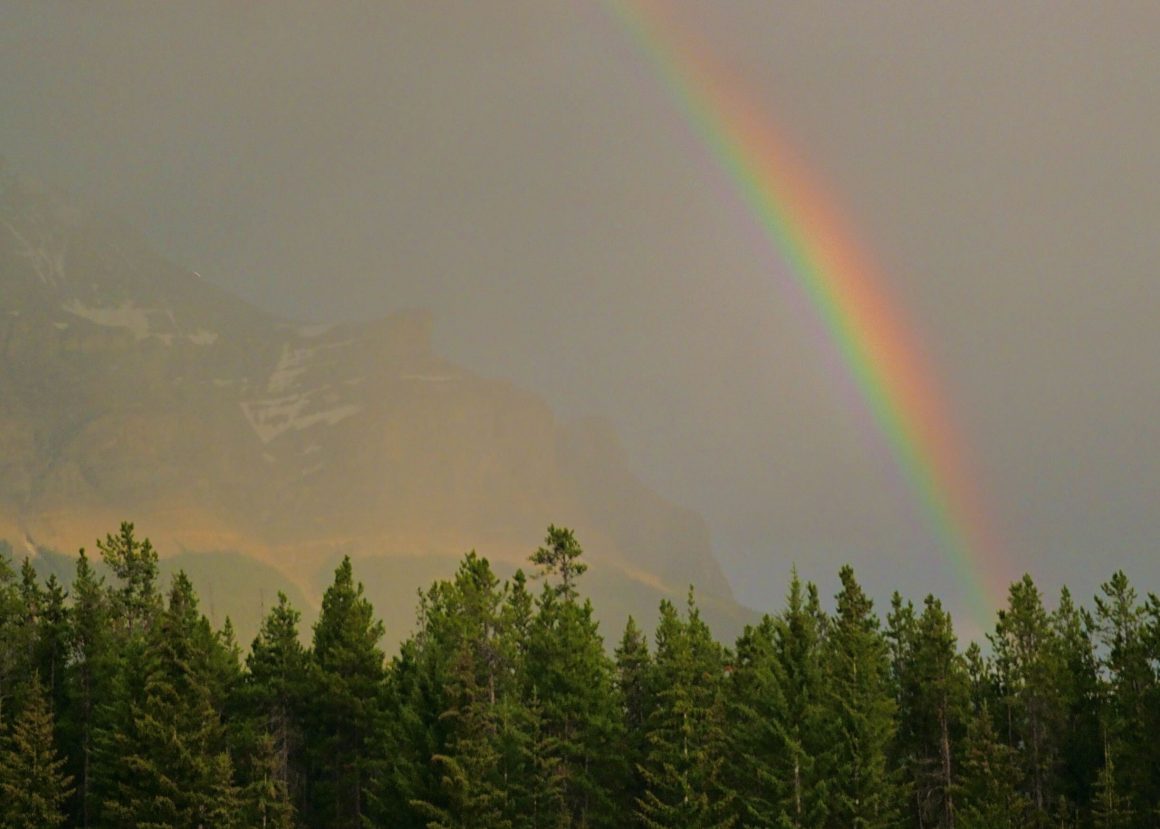
Expect the unexpected this spring
By Ansharah Shakil, March 20 2024—
After a rollercoaster of a winter, temperatures in mid-March have been uncommonly pleasant, like a brief glimpse of spring to come. But once the season officially begins, there’s no guarantee it will stay that way. The actual first days of spring this year are forecasted for snow, and the next two months could go back and forth between chillier days and more welcome weather.
El Niño conditions have led to a mild winter around the world, and the climate phenomenon of La Niña, which results in cool waters on the coast of South America, is likely to follow as El Niño departs. The opposite of El Niño, La Niña creates colder effects with more precipitation and wind. In Canada, it could bring storms and hurricanes. If it does arrive in 2024, it will begin in summer or fall, but the strong impacts of El Niño over our winter and spring signal that an equally strong La Niña effect could arrive.
Both El Niño and La Niña generally occur every two to seven years. In an unusual turn of events, the last La Niña has lasted for three years from 2020 to 2023, which has led to some of the major recent natural disasters around the world. A weather period separate from both El Niño and La Niña to impact spring is El Niño-Southern Oscillation, or ENSO-neutral, characterized by average sea-level temperatures, which could appear between April and June. Either way, El Niño is fading but will manage to hang on until La Niña is set to arrive in the summer.
Alongside El Niño, the recent weather has been contributed to by warm South Pacific air entering from a high-pressure system — however, it isn’t likely to last. We’re set for a transitional spring that will go back and forth between cold snaps and days in the positives. The first days of spring are scheduled for snow, in a contrary move typical of Calgary’s weather. A system from British Columbia will bring in the cooler air and lead to precipitation.
This weekend included some of the warmest temperatures ever recorded in March, not just in Alberta but in British Columbia. In fact, the last time Calgary’s temperatures reached such a high in March was 1885, when the last St. Patrick’s Day had a record high of 17.8 degrees. Since then, the closest we’ve gotten to that temperature is in 2007 with 15.5 degrees, meaning Calgary has been able to break a hundred-year-old weather record.
The subsequent abrupt shift to winter-like weather doesn’t come as a complete surprise. Snow is common for Calgary and most of Alberta in March, amidst the city’s slush season. On the bright side, the precipitation might help the wildfires and drought in Alberta from last year’s spring and this year’s warmer winter. It’s possible that more surprises are in store for whether the forecasted precipitation will last, or if warmer temperatures arise again. This spring is going to be full of mood swings, and the only thing to do is to brace yourself for the ups and downs of the season with both caution and hope.
